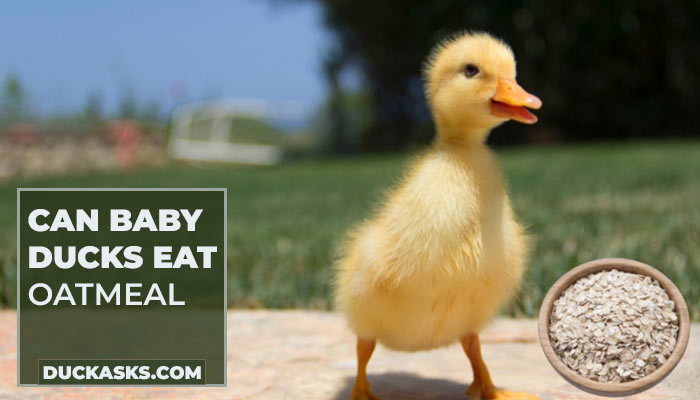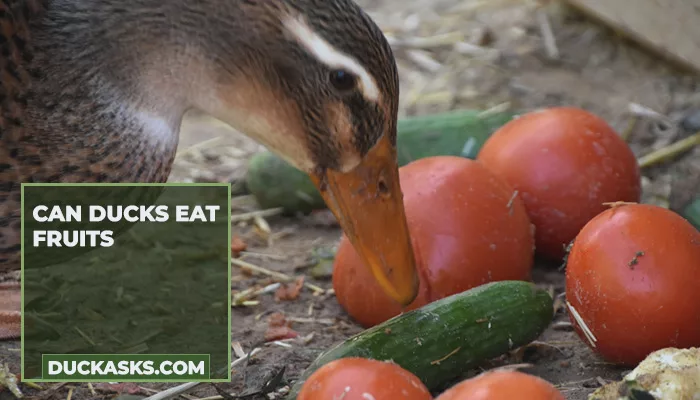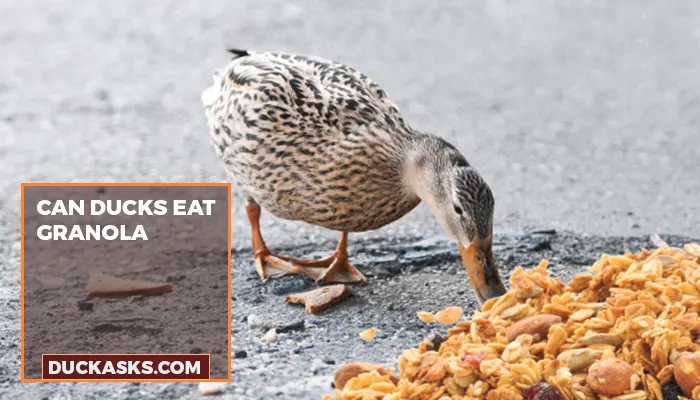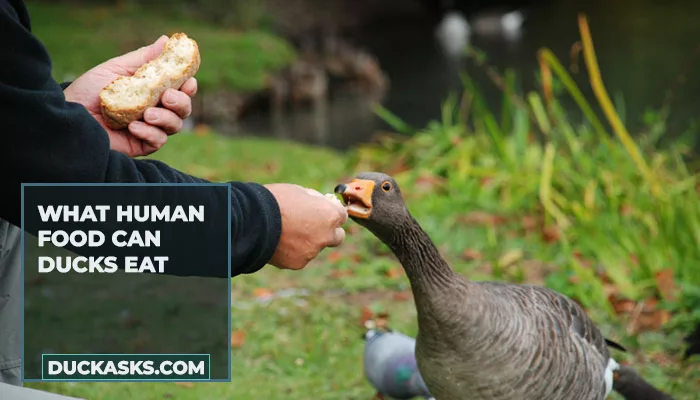Do Ducks Eat Cattails?
Ducks are one of the least picky eaters among the waterfowl species. Hence, if you are asking yourself the question, do ducks eat cattails? The answer is Yes!
Ducks eat the edible parts of cattails whenever they are roaming around foraging for food in ponds and lakes. Cattails are very commonly found in water bodies where ducks like to swim. Hence ducks end up eating the green shoots of cattails whenever they are exposed to cattails.
Though cattails are very low in nutritional value, they provide many other benefits for waterfowl, including their natural habitat.
In this post, I will explain why ducks eat cattails and what are some of the benefits and drawbacks of cattails.
Read more about duck foods:
Do Ducks Feed on Cattails?
Ducks spend a lot of time in the river bodies swimming and foraging for food. Their usual lucky treats are worms, seeds, grains, or plants.

Ducks that usually live around areas with cattails will definitely munch on them. The cattails have shoots and barks that can prove to be a tasty alternative to the food that ducks usually forage.
Do Ducks Like Cattails?
Even though cattails have minimum nutritional value, ducks will eat almost anything that is edible and can be foraged in the areas where they are swimming or spending most of their time.
If ducks are hungry and cannot find mcuh food in the vicinity of their foraging grounds, then they will happily enjoy eating from the cattails.
Moreover, cattails can provide shelter to ducks during very cold weather, since they block air flow in the water. This means that ducks can easily avoid any cold wind flow during their time in the water by taking shelter behind a flock of cattails.
Are Cattails Healthy For Ducks?
Even if cattails are less in nutrition, they contain minerals and vitamins essential for the growth of ducks. They can also be a source of carbohydrates since the cattle stems are composed of cellulose and other forms of starch.
How To Feed Cattails To Your Ducks
Ducks will automatically opt for eating cattails if they cannot find anything else when they are searching for food. Hence, if you want to feed your ducks cattails, all you need to do is not clear away the cattails that grow in the river and ponds that your ducks visit.
Do You Need Cattails For Your Ducks?
Cattails are not always required for your ducks, since they are just a supplementary food source and provide shelter during very specific times. Apart from some usefulness, cattails are not very impactful for your duck’s growth.
At times cattails can hinder the growth of other important plants and living organisms in the water body that is required for your duck’s growth. Therefore, it is best to clean the cattails frequently before they infest the whole pond or riverside.
What Are Cattails?
Cattails are a very common species of aquatic plants found on the banks of rivers that are not deeper than 2.5 meters.
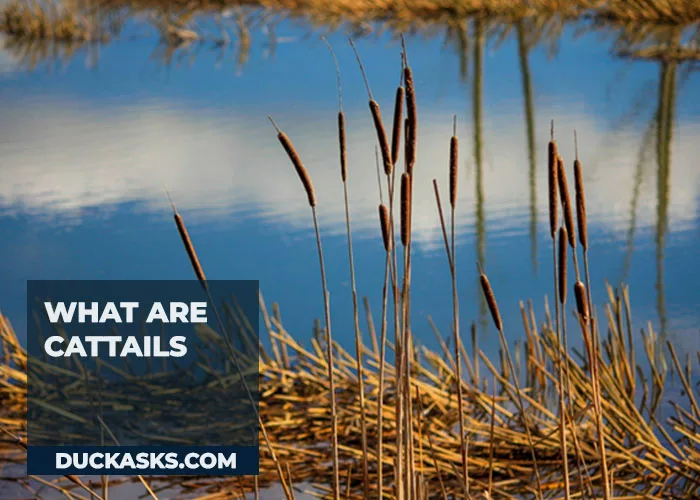
Here are some interesting facts about cattails –
- They usually grow on moist soil, but their roots can extend to reach water grounds 2.5 meters below the water level.
- Cattails are also referred to as perennial plants because they live for a longer time compared to other aquatic plants when they have plenty of mineral sources in the soil and water source from a riverbank.
- They can live for more than 2 years.
- Typically, cattails will shed their green leaves in the autumn or winter and regrow their herbaceous parts every spring. You will notice the brown hue around the cattails during autumn and green shoots during the summer.
The Good Sides of Cattails
Here are some features that make cattails useful –
- They offer some duck species and blackbirds a place to lay their eggs.
- They also provide ducks and some fish species in the water body a place to raise their young while also providing them with a feeding ground.
- They provide a dam-like structure in the riverbanks so that the soil around the riverbank does not erode.
- Shades against the scorching sun for ducks and other animals to take shelter.
- Several parts of the cattail plants are edible. During fall, winter, and early spring, the stems and leaves of the cattail plants can be collected and cooked as vegetables.
- They are usually harvested when the shoots of the cattails are 2 feet tall. The small green spikes can be harvested in the late spring and prepared like corn on the cob by boiling, peeling, and serving.
- The leftovers from cattail processing can be fed to animals or utilized as mulch. During spring, cattails provide food eaten by herbivorous animals such as cattle.
- Cattail stems can provide buoyancy when used to create rafts or safety jackets and are very good raw materials for making life preservers.
The Bad Sides of Cattails
Here are some features of cattails that can cause a disturbance –
- Cattails can cause disturbance in the biodiversity of the waterbody that they inhabit by creating high competition for nutrients in the water body.
- Their presence can cause impoundments in the habitat of other water animals and plants.
- Cattails can create viscosity in the water flow of the streams or rivers, and hence irrigation and farming may be hampered.
- Cattails can cause disturbance while swimming, fishing, and boating and are a hindrance to riverside activities.
- The presence of cattails can block sunlight from entering the river body, creating problems such as eutrophication, which happens when enough sunlight is not present for the aquatic plants to perform photosynthesis.
- When the plants are starved of food, they will respire and increase the biological oxygen demand of the water body, which can be harmful to aquatic animals and plants.
Cattails have some good things about them and some bad things. They can help animals and stop erosion, but they can also make it hard for other plants to grow and make it difficult for people to enjoy recreational activities.
You have to figure out the best way to use cattails so that they help you and don’t hurt us or the environment.
How to Get Rid of Unnecessary Cattails?
If the cattails in your pond are causing a nuisance, it is best to get rid of them. Cattails spread very fast, and hence prompt action should be taken as soon as they are spotted growing in the pond or riverside.
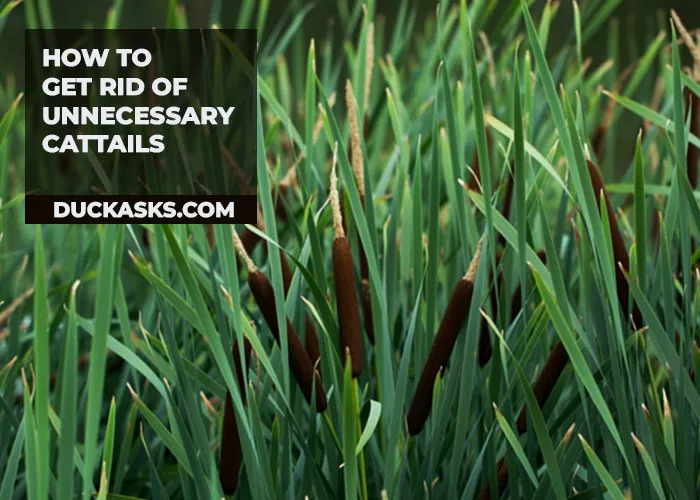
Here are some ways in which unnecessary cattails can be removed
- Cattails can be removed by spraying herbicides. However, increasing the content of herbicides may prove to be more harmful to the water body.
- You can naturally remove cattails by increasing the water depth of your pond. Cattails will not survive under any water depth of 2.5 meters. Hence, digging the pond up to 3 to 3.5 meters is a safe depth to keep cattails away.
- Cattails can also be removed by cutting or crushing them. In fact, they can also be removed by letting your domestic cattle graze on them.
Final Words
Cattails are a common breed of plants that show up quite often on the banks of rivers and oceans. Since water bodies are one of the favorite habitats of ducks, they enjoy eating the edible parts of cattails.
I hope you got your answer to the question about do ducks eat cattails? Cattails are not always harmful. But it can create noise in the beauty of your pond lakeside.
Therefore, it is useful to know how to get rid of them as well.
If you are interested in learning more about the diet of ducks, please visit our Facebook, Twitter, and Pinterest. Do share this article if you enjoyed reading it!
Article References:
Image Credits:


